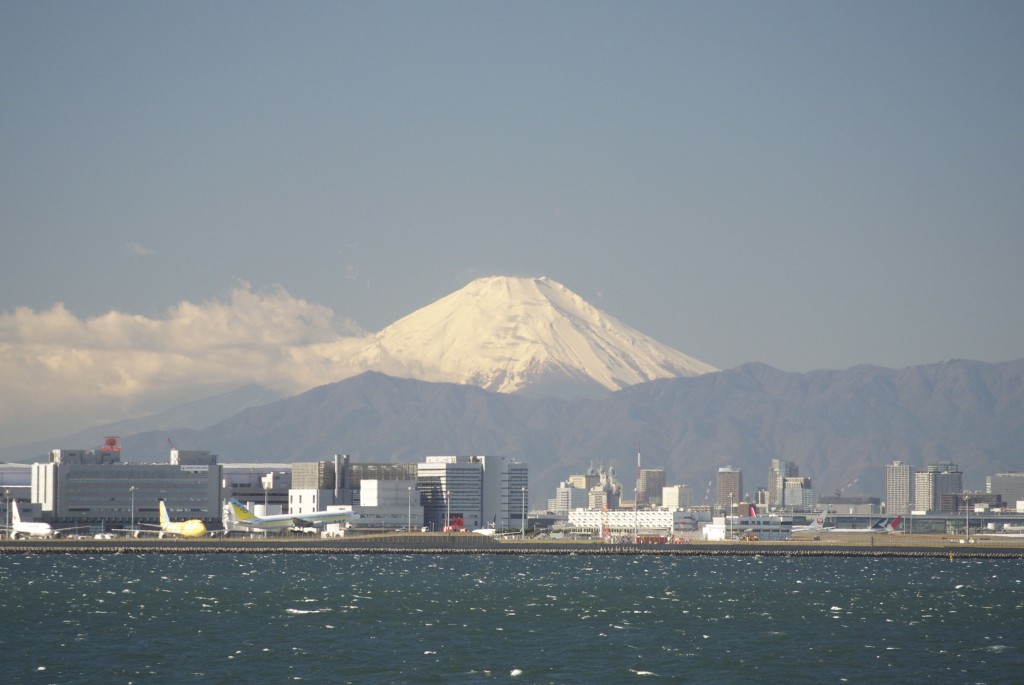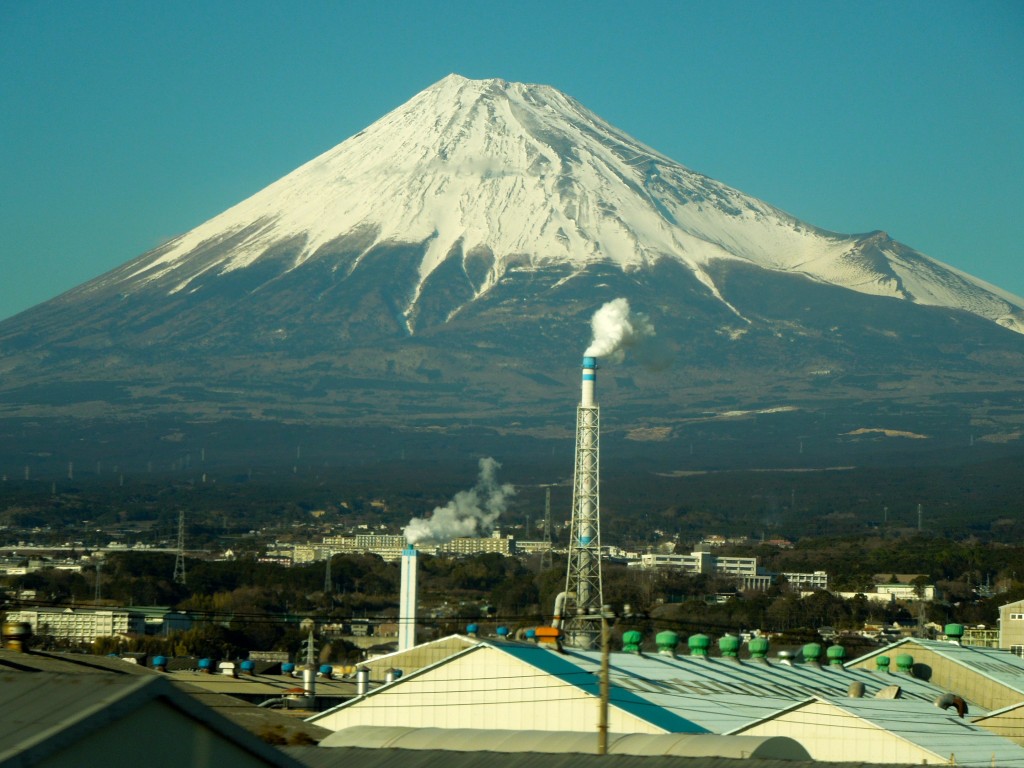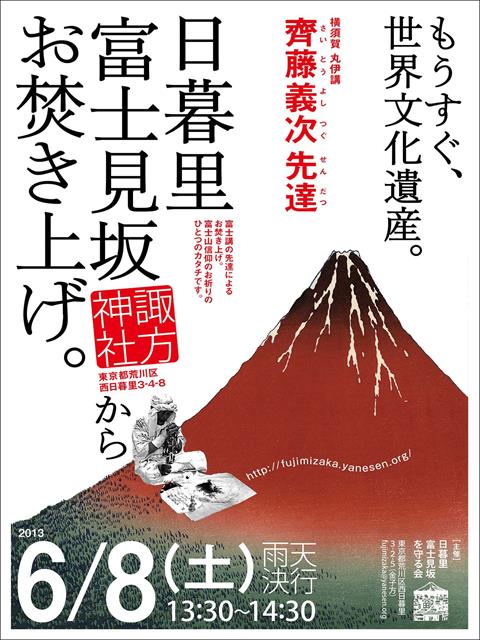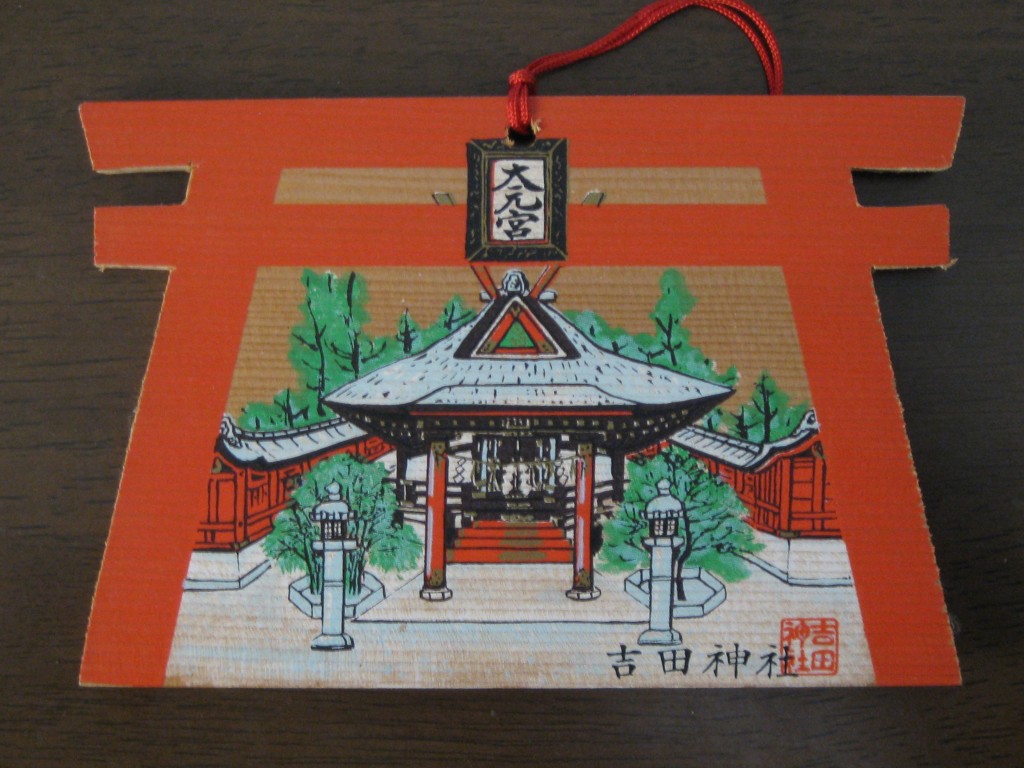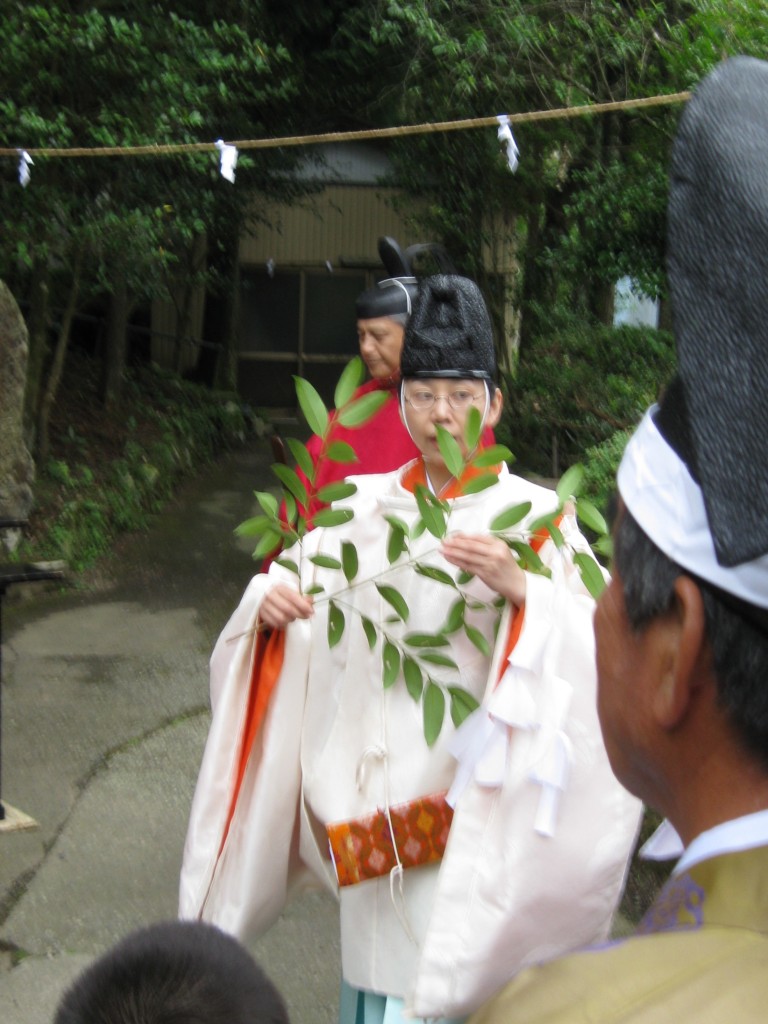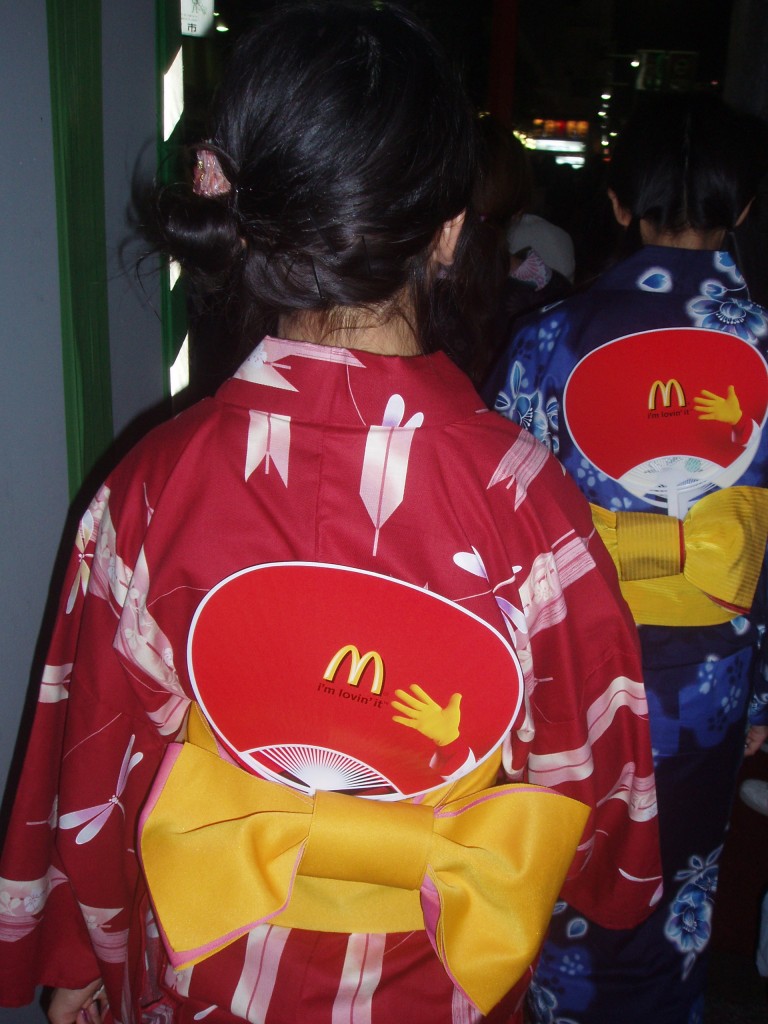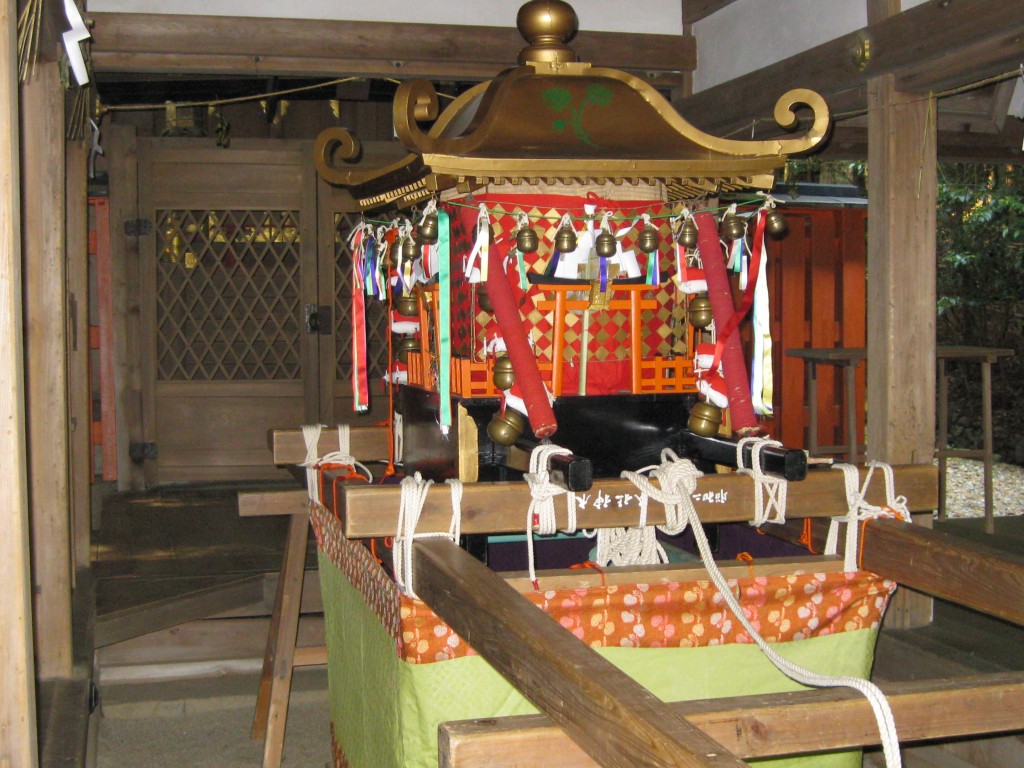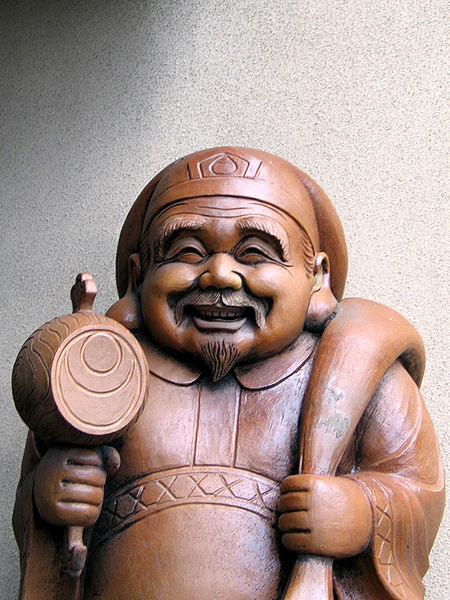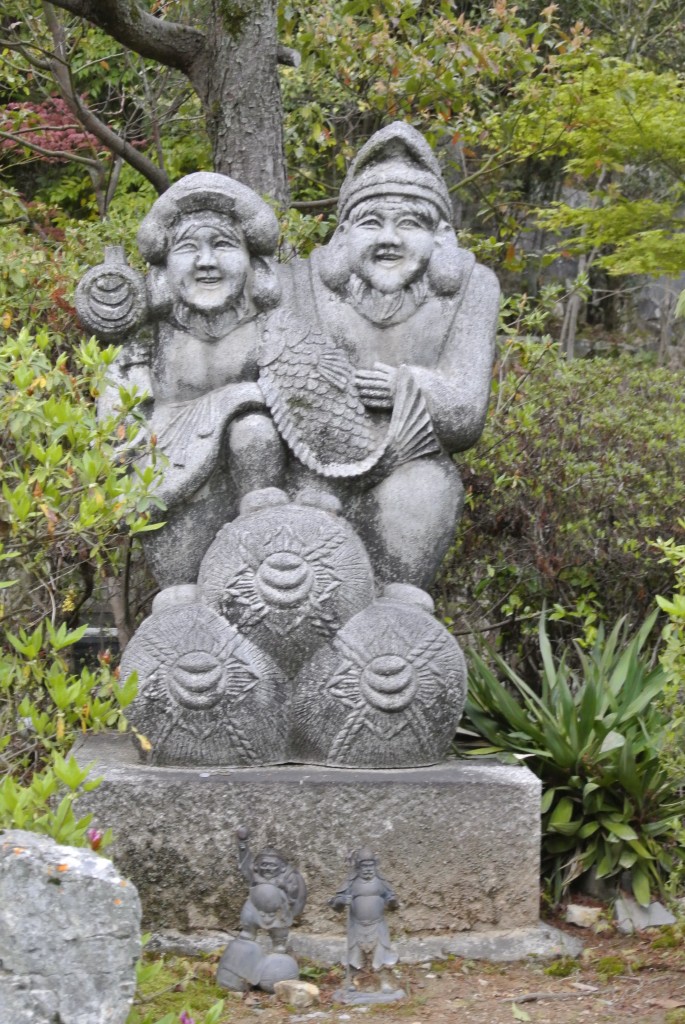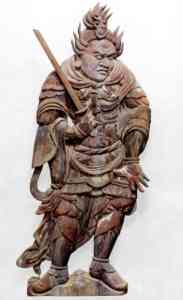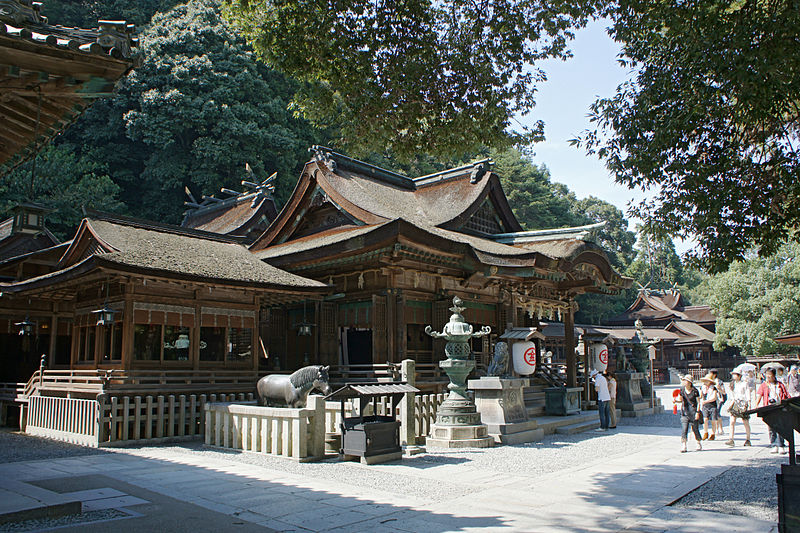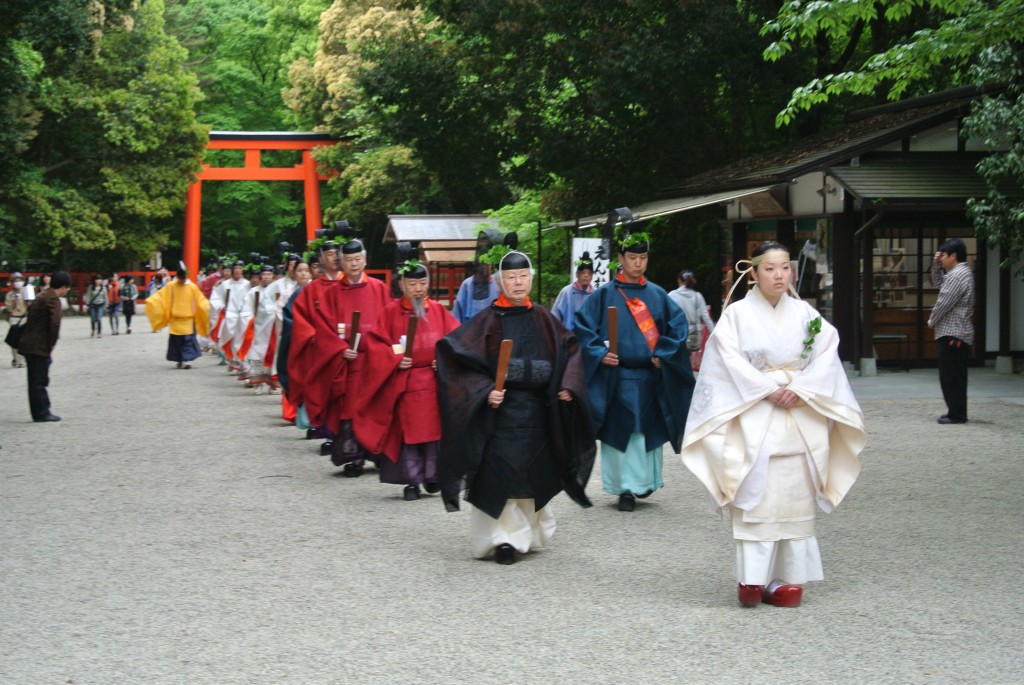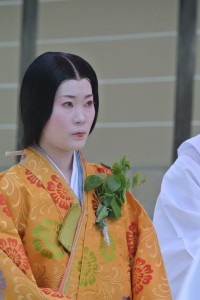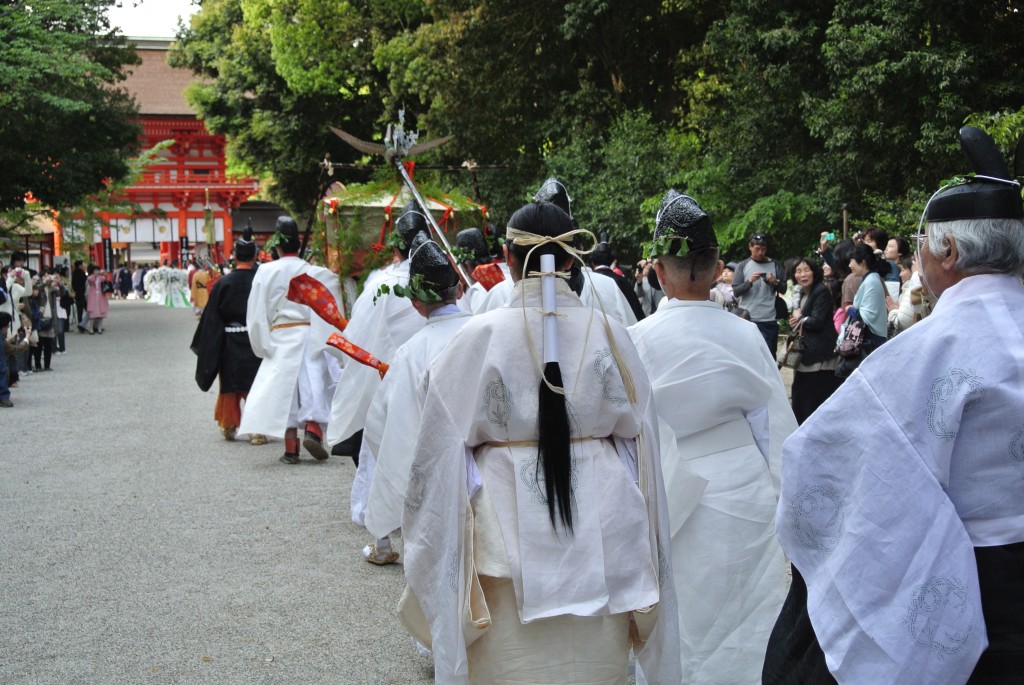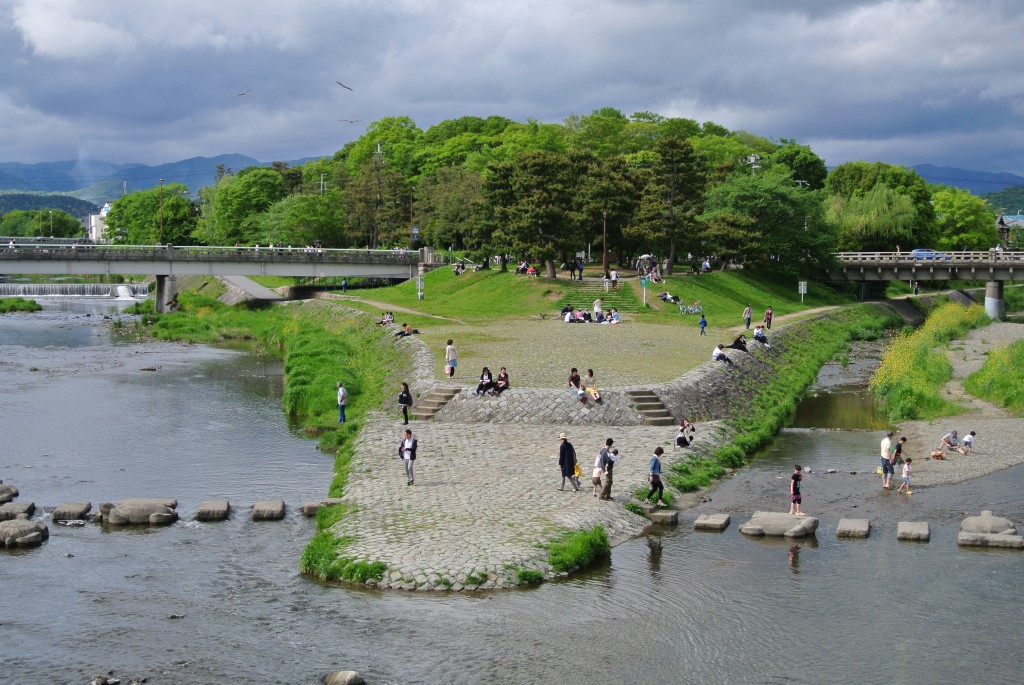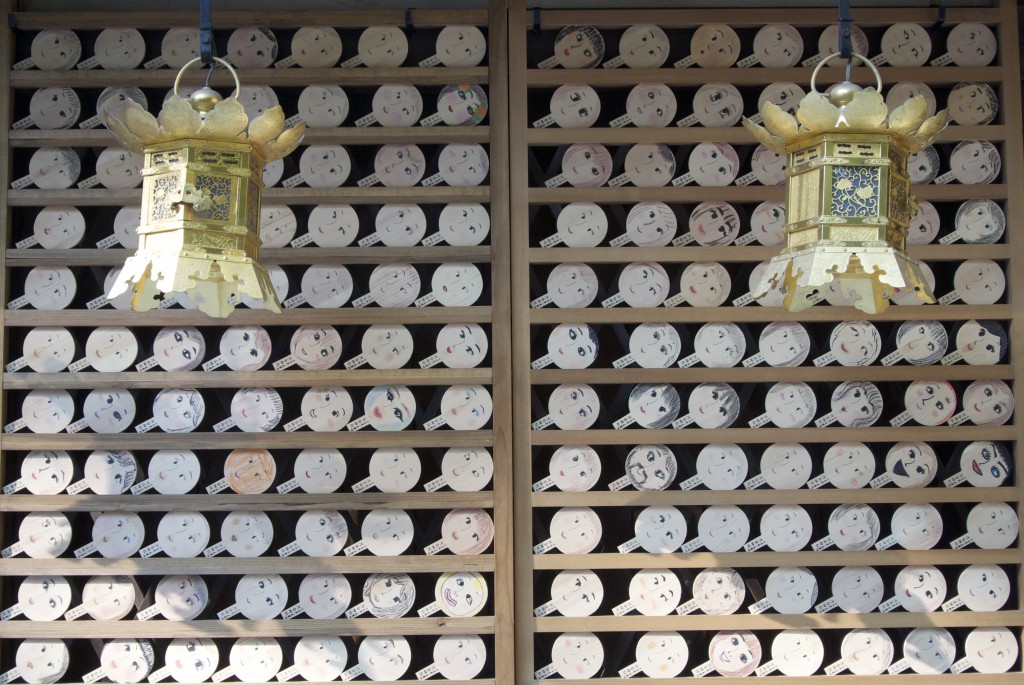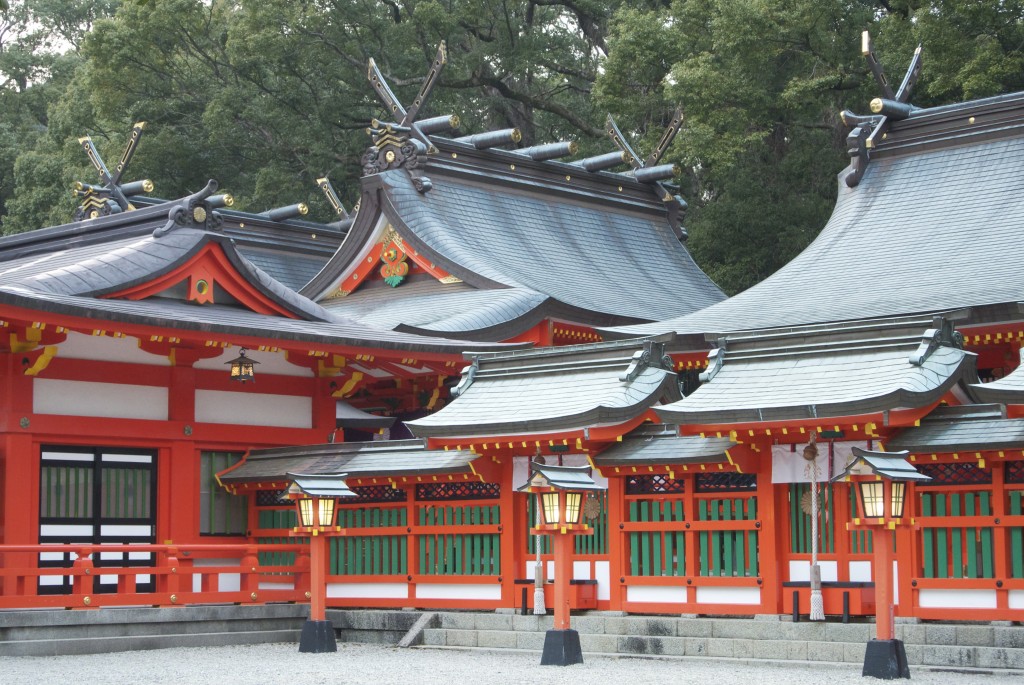
Hayatama Taisha, one of the three Kumano Shrines on the pilgrimage pathway
The Kii Hanto and the Kumano pathways were once the country’s foremost place of pilgrimage. They remain, even today, a spiritual heartland. For foreign visitors who want to see something of ‘the real Japan’, you can hardly choose a better place. Now access is even easier with a self-guide in English for a five-day walk along the Nakahechi pathway, and an article today in Britain’s Independent newspaper describes the experience.
***********************************************************
Japan: Discover hiking Nirvana on Kii’s path to enlightenment
Pilgrims have walked the 54-mile Kumano Kodo for more than 1,000 years. Now, Aaron Millar joins a new trip that follows the route through sacred mountains, mossy woodland and heavenly hot springs
AARON MILLAR SATURDAY 01 JUNE 2013
I’d come to Japan on a new trip that promised to drop me in the heart of these sacred mountains. Over the next five days I planned to walk the Nakahechi section of the Kumano Kodo, a 54-mile ancient pilgrimage path that bisects the Kii Mountains in the Kumano region of the Kii Peninsula, 120 miles south of Kyoto. For more than a thousand years, emperors and peasants alike have been walking these trails in search of enlightenment and healing on their way to the Three Grand Shrines: Hongu Taisha, Hayatama Taisha and Nachi Taisha.
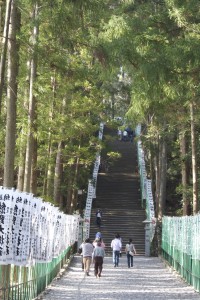
Steps leading to Kumano Hongu, end point for medieval pilgrimages
For the first time, this self-guided trip allows non-Japanese speakers to mirror the journey. Detailed route notes are provided and advance bookings in traditional non-English speaking mountain guesthouses are also arranged, so visitors can walk the route without a guide.
I hoped that by doing so I would experience this ancient ritual first-hand and discover a slice of rural Japanese life, seldom seen by outsiders. “Walk the route, breathe the air and make room in your heart to feel it,” Takagi told me. If there is such a thing as hiking Nirvana, then the Kumano Kodo is surely the place to start looking.
For me, the trail began at Takijiri-oji, the gateway shrine to the sacred lands of Kumano which was once the site of great ritual offerings of poetry, dance and even sumo. From here, I climbed three steep miles to the mountain village of Takahara. That evening, owner Jian welcomed me to the Kiri-no-sato guesthouse with a banquet of the traditional Japanese country cooking known as kaiseki – dozens of individually prepared, uniquely flavoured dishes – that would prove typical of the trip.
I left for Chikatsuyu – six miles east – at dawn the next day. This small valley town, bisected by the Hiki River, has been used as a stopover since the time of the first pilgrimages. Devotees – even in the depths of winter – would immerse their bodies in the freezing water to purify themselves from sins and misfortunes. Happily, my guesthouse for the night, the Chikatsuyu Minshuku, was the only one in town to pump these sacred waters through a heating system and into a bath right by the side of the river.
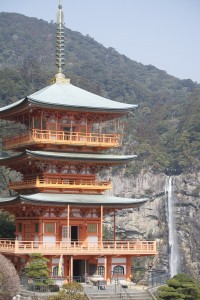
The pagoda of Seiganto-ji at Nachi falls
Despite its antiquity the Kumano Kodo (which was granted Unesco World Heritage status in 2004) has, in many ways, always been the most forward thinking of Japan’s sacred places, welcoming all, irrespective of gender or wealth. So it has always been popular. Records refer to a “procession of ants”: hundreds of white-clad pilgrims scrambling up the steep slopes. But as I hiked to Hongu Taisha the next day – climbing 15 miles of mercilessly steep passes – I wondered if there was more to the metaphor then just numbers. I felt tiny, and exhausted.
When, finally, I stumbled into the courtyard of Hongu Taisha that evening I was greeted by a deep roll of thunder so sonically low it seemed more imagined then real. Surrounded by the golden lanterns, curved cypress bark roofs and hollow ritual bells of the shrine I watched eight drummers beat deep Taiko drums with thick wooden sticks. There was a contained ferocity in the performance that seemed to emanate from the mountains themselves.
From here, pilgrims would follow the Kumano-gawa River to the Grand Shrine of Hayatama Taisha. But I pressed on to Yunomine, the only Unesco World Heritage hot spring that you can actually bathe in.
In use for 1,800 years it’s also the oldest in the country and, at 34C, one of the hottest too. But that’s not all. As I strolled through the village I noticed an old man hoisting a bag from a hole of simmering water in the central square. To my great surprise three sweet potatoes and a dozen – now hard-boiled – eggs emerged at the end of the line. Not only can you get wet, you can cook your dinner here too.
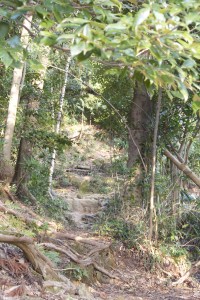
Part of the Kumano Kodo, leading through wooded hills for days at a time
My final two days of trekking to Nachi Taisha would take me through some of The Kumano Kodo pilgrimage’s most beautiful scenery, via mossy stone paths winding through bamboo and cedar forests and statues of dragons, monks and emperors, and giant cedar trees with hollowed out roots for offerings to be left.
I stayed in simple family guesthouses – rolling out thin mattresses on to the floor of my room after dinner each night. I heard the snort and dash of deer. I picnicked on a Russian roulette of unidentifiable rice-based snacks and – at sunset on the Kayakan Guru lookout, the most sublime panorama of the entire trip – a Yunomine hot spring hard-boiled egg, the best I’d ever had.
Then, as I caught my first glimpse of the Pacific – knowing the end of the pilgrimage was near – something amazing happened. I heard a sound like nothing I’d encountered before: the soft howl of an animal, but earthy too, like wind through bamboo. There, in immaculate white robes, was a real-life Shugendo Yamabushi. He stood on the last summit ridge and blew his traditional Hora conch-shell trumpet to the wilds, signifying the teachings of Buddha and the summoning of nature’s deities. It lasted only a few moments, but listening to him play was the highlight of my trip.
At the end of my journey I walked through the Grand Shrine of Nachi Taisha to the Nachi Otaki cascade nearby. Shugendo is a unique form of Buddhism that stresses the attainment of enlightenment through active immersion in the natural world. Staring up at the 436ft falls, it occurred to me that there is a profound common sense in that idea.
Connection with nature is part of what makes us human. If enlightenment is to be found inside us, perhaps it makes sense to start looking outside first. I walked down to the base of the freezing waterfall and, for just an instant, thought about jumping in.
Getting there
Aaron Millar travelled as a guest of Oku Japan (okujapan.com), which offers guided and self-guided walking itineraries along the Kumano Kodo. For an excellent website with maps, routes and timetables, see www.tb-kumano.jp/en
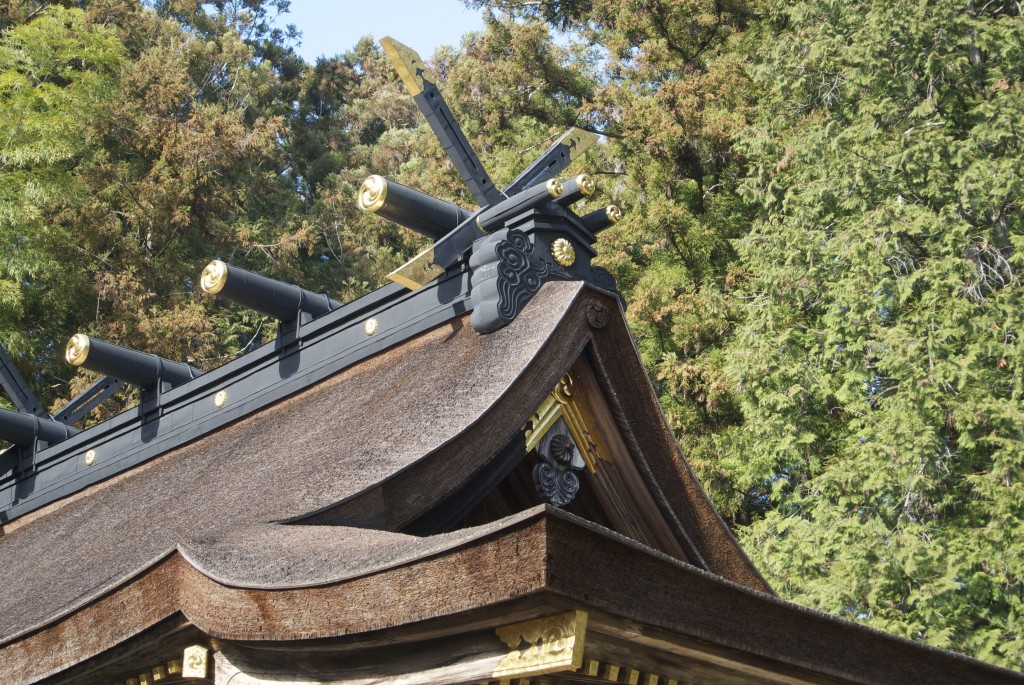
The immaculate shingled roof at Hongu, with characteristic crossed chigi and katsuogi horizontal logs on top of the cypress roof
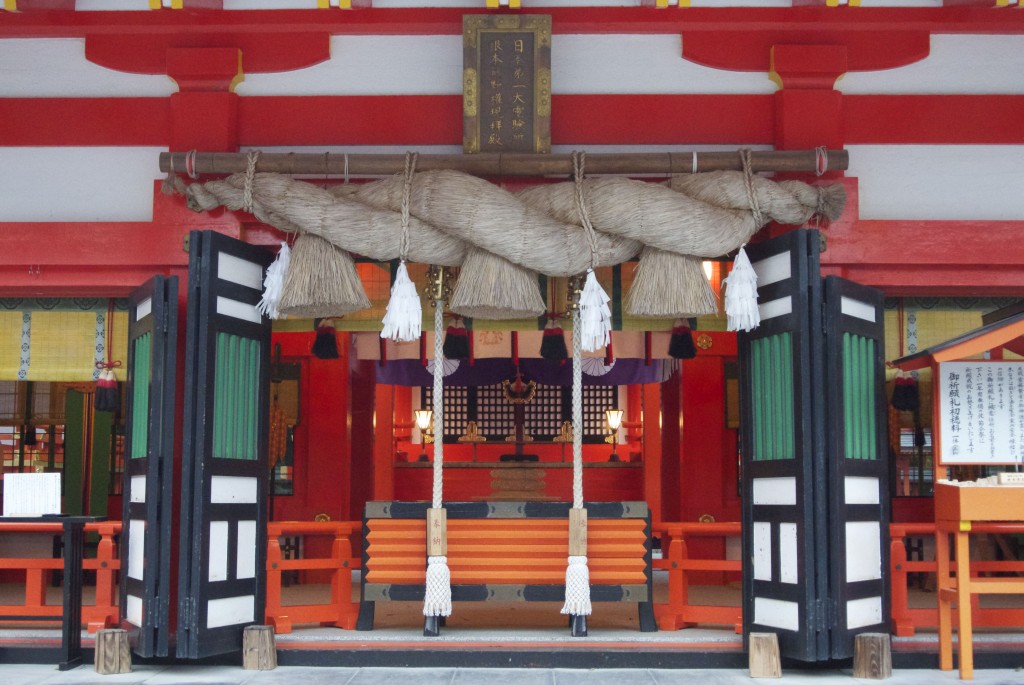
The striking colours of Hayatama Taisha in the town of Shingu
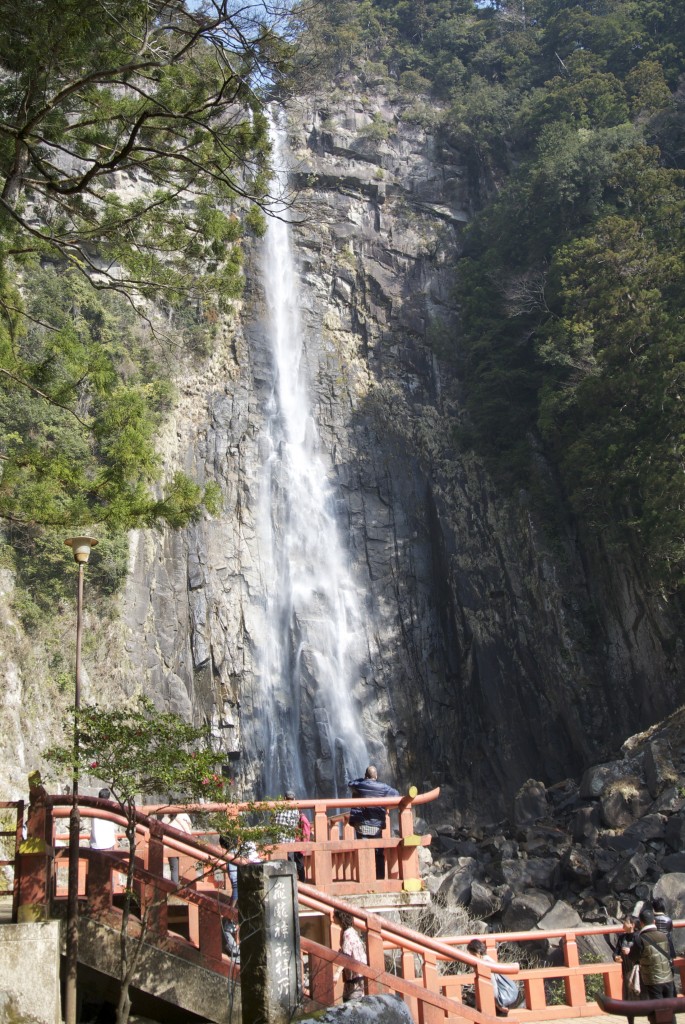
Nachi waterfall, Japan's tallest and most spiritual
